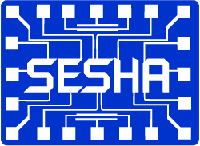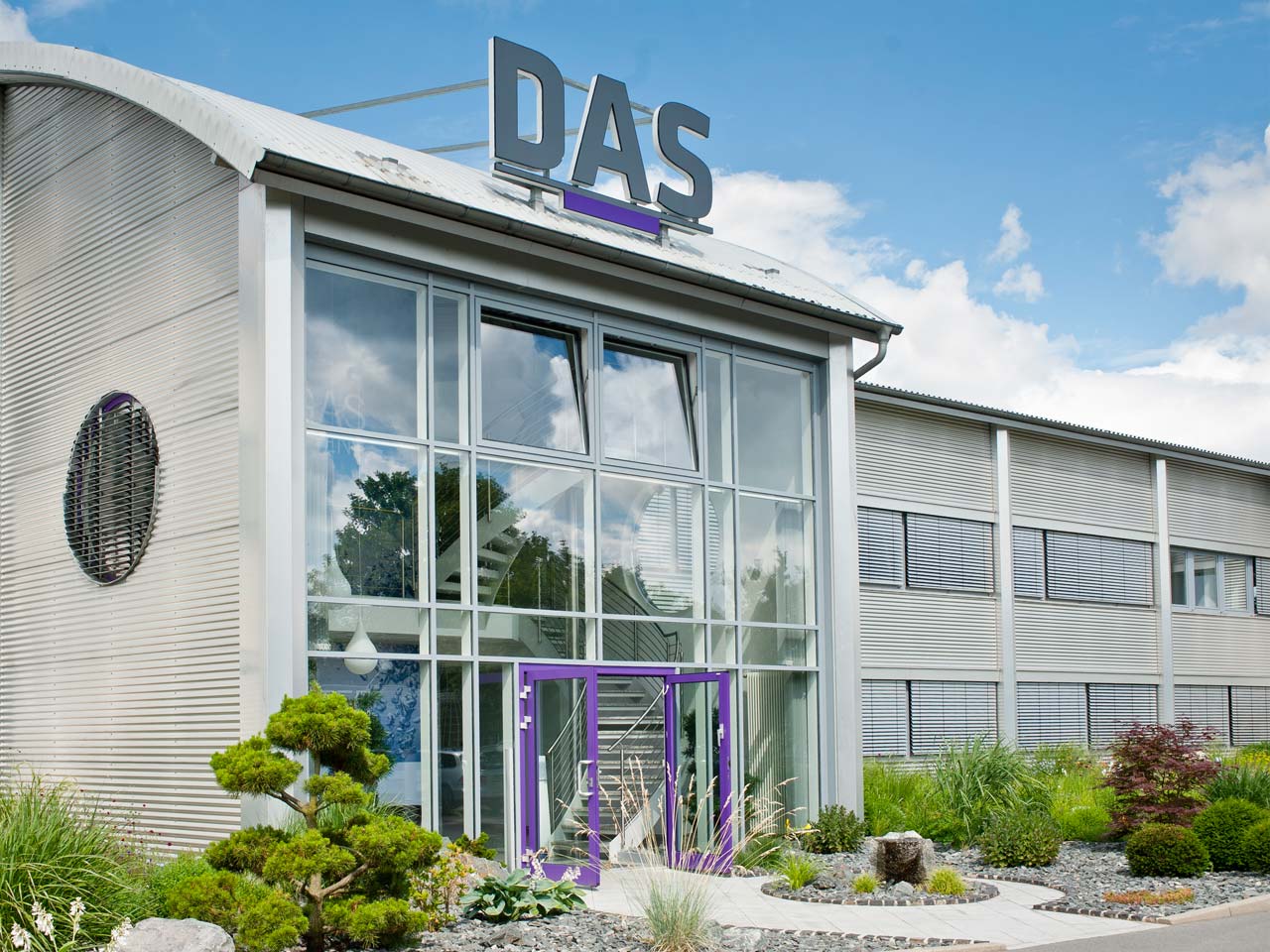Isopropyl alcohol (IPA) is widely used in different processes in the semiconductor and electronics industries and therefore big amounts are emitted to the waste gas exhaust.
Waste Gas treatment
IPA removal

Wastewater treatment
The regulations regarding VOC emissions are becoming more stringent and an increasing number of fabs are already at the limit of their VOC-exhaust capacity, there are many fabs challenged with finding the most suitable solution for safe and efficient IPA removal.
Typically, the exhaust gas from the single wafer wet clean equipment contains a variable mix of process vapours and aerosols. Apart from IPA, the main other components known to be present are ammonia, hydrogen fluoride, sulfuric acid and in some cases silicon compounds. There are wet scrubbers which have been designed for such kind of waste gas treatment applications. Those type of systems reliably transfer IPA, ammonia and hydrogen fluoride from the waste gas to the wastewater phase. In this way, the IPA peaks are eliminated and the IPA concentration in the exhaust gas stream is equalized, which is highly important in order to avoid reaching lower explosion limits (LEL).
Depending on the fab requirements and specifications, such as the capacity in the VOC exhaust, the freshwater availability, the existing wastewater treatment capacity, the infrastructure etc., not only different operation modes of the wet scrubber can be used, but there are also different options to complement the scrubber in the further IPA treatment in the gas phase or/and in the water phase. Based on that, we studied different treatment concepts mainly including biological, chemical and catalytic.
| Event | SESHA — ESH for High Technology |
| Date | 12.05.2021 |
| Uhrzeit | 12:00 |
| Location | Virtual Exhibition |
| More Information | https://sesha.org/event/sesha-43rd-annual-symposium/ |


